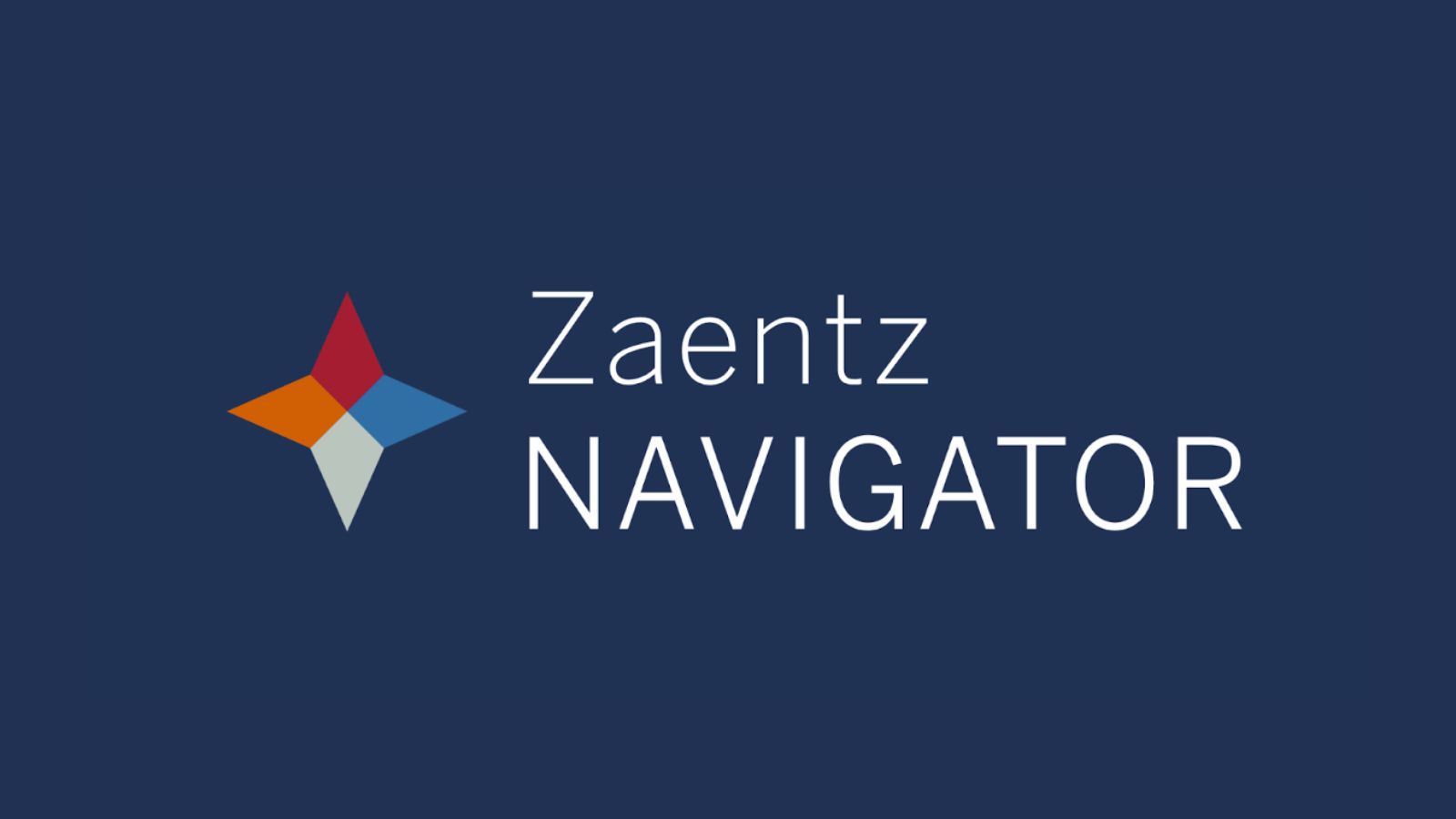
A Tool that Cuts Through the Noise
The Saul Zaentz Early Education Initiative partnered with Threespot to develop the Zaentz Navigator, an interactive digital tool to assist researchers in understanding how cities and states across the country are building foundational early childhood education support and policy strategy in their local contexts.
We are surrounded by a staggering amount of information. Every day, we go about our lives sifting and sorting through continuous streams of information—some new, some familiar—and we are expected to make sense of it. It’s overwhelming for the layperson. For researchers, the enormity of the noise they have to sift through to find what’s meaningful can feel impossible. Where do you even start? In a digital age where everything is available with a touch, a swipe, or a click, access to the disorganized mess can be just as problematic as much no access at all.
This issue of under-centralized and under-cataloged knowledge is precisely the problem the Harvard Graduate School of Education approached us with. The early childhood education field (we’re talking ages 0 to 4 here!) in the U.S. is an incredibly uncoordinated system. While elementary and high schools can rely on networks of school boards, state and federal entities, and nonprofit players for support and structure, early childhood educators and policymakers have long been under-resourced. But the Saul Zaentz Early Education Initiative recognizes the importance of bridging policies, understanding gaps, and scaling successes across city, county, and state lines—making sense of the madness of scattered knowledge and unorganized information.
The Zaentz team partnered with Threespot to develop the Zaentz Navigator, an interactive, user-friendly digital tool built to assist policymakers and researchers in understanding how cities and states across the country are building foundational early childhood education support and policy strategy in their local contexts. The Navigator houses over 200 state and city policy strategies for users to browse and query. The keystone functionality is the homepage query builder where users can input plain language parameters and the Navigator suggests what policy strategies might be most useful to them. By immediately asking users to actively participate in defining the kinds of content they will find relevant, the site quickly becomes a guiding tool at their disposal to build connections across the field instead of a dumping ground of information with limited relevance to each user. These are busy people who need answers, and the tool is designed to serve them.
There is a lot of talk right now about big digital innovations—how they can make life easier, harder, more or less accessible—but it doesn’t take the big new frontier in technology to make digital tools that help people right now. We’re all under-funded, over-caffeinated, and chasing deadlines. More than ever people need to be able to cut through the noise and the Zaentz Navigator is a prime example of how we can be creating digital tools right now that can make measurable, immediate differences for users, especially in the research field. We’re continuing to work with the team to make this simple tool more powerful, more accessible, and more useful to those working every day to mend the tattered tapestry of our early childhood education infrastructure.



